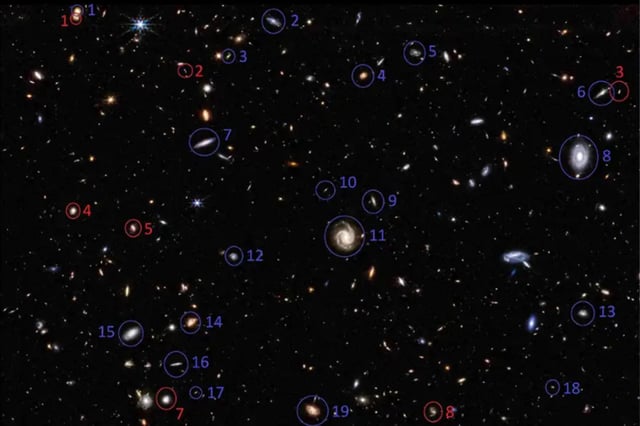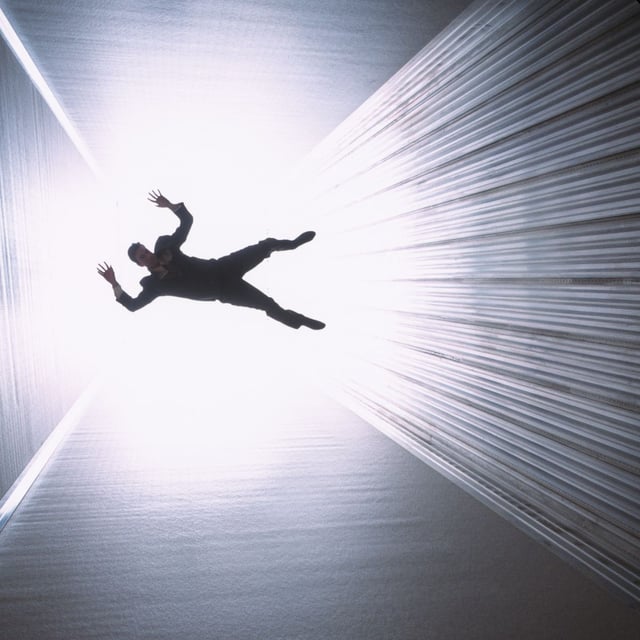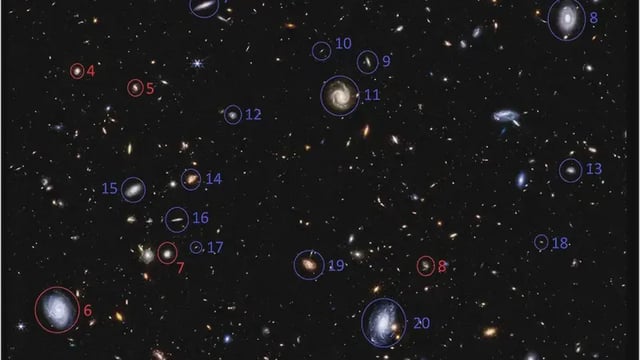Overview
- The James Webb Space Telescope has found that about two-thirds of 263 galaxies observed rotate in the opposite direction to the Milky Way.
- This discovery challenges the isotropic universe theory, which assumes the universe appears uniform in all directions.
- Researchers are exploring two main hypotheses: black hole cosmology, suggesting the universe was born rotating, and the Doppler shift effect, which may bias observational data.
- If the Doppler shift explanation holds, recalibration of distance measurements could resolve other cosmological discrepancies, such as differing expansion rates of the universe.
- The findings highlight the potential incompleteness of existing cosmological theories, prompting calls for further investigation into the universe's structure and origins.



